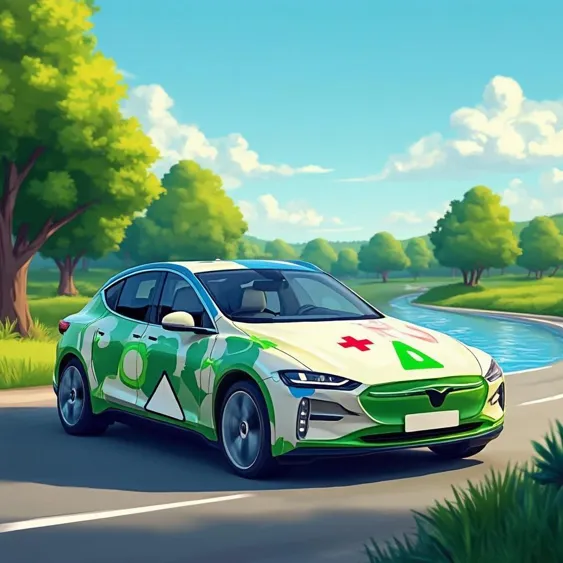Florida Verdict: Tesla Autopilot's Impact on Safety

In recent years, autonomous vehicles have captured public imagination and stirred controversy, particularly with the rise of self-driving technologies like Tesla's Autopilot. A recent jury verdict has intensified discussions around safety concerns, reflecting a growing need to understand the implications of these innovations on our roads. This case highlights the consequences of partially substituting human control with automated systems, raising important questions about how much responsibility lies with either party in the event of a malfunction.
Tesla's Autopilot system is designed to assist drivers by providing features such as automatic lane-keeping and adaptive cruise control, essentially functioning as a sophisticated driver assistance system rather than fully autonomous driving. In the case in Florida, a jury found Tesla partly liable for a fatal accident involving Autopilot, suggesting that the system failed to alert the driver or engage the brakes in a critical moment. This verdict challenges the notion that such technologies automatically enhance road safety, prompting a reevaluation of the expectations set by manufacturers. While Tesla asserted that the driver was at fault for being distracted and speeding, the jury's decision suggests that Autopilot's potential deficiencies were significant enough to warrant shared responsibility.
The implications of the Florida jury's verdict extend beyond this one incident. It illustrates a broader concern among consumers regarding the reliability of semi-autonomous driving systems. Many drivers may have an inflated sense of security while using these systems, believing erroneously that they are safe to take their attention away from the road. Like considering a car's cruise control as a substitute for attentive driving, this misconception can lead to disasters—highlighting a crucial area for manufacturers to improve user education and transparency about their technology's capabilities and limits. Furthermore, experts are calling for stricter regulations and better standards in the development of self-driving technologies to safeguard public interests.
In summary, the jury's findings against Tesla underscore the complex relationship between human drivers and automated technologies. As we navigate this evolving landscape, it is vital to be aware of the limitations of autonomous systems and the responsibilities that come with their use. Stakeholders, from manufacturers to policymakers, should prioritize safety and establish clearer guidelines on the operation of self-driving cars. Engaging with resources such as the National Highway Traffic Safety Administration (NHTSA) or exploring case studies involving autonomous technology can equip consumers with the knowledge they need for safer driving in the age of automation.
Read These Next

OpenAI's Chess Victory: The Future of AI Competition
This article explores the significance of recent AI chess tournaments with OpenAI's o3 model defeating Elon Musk's Grok, highlighting the advances and competitive dynamics in AI development.

Google Teams Up with Chinese Startup for Smart Glasses Relaunch
Google partners with XREAL to launch Project Aura, an AI-integrated smart glasses for Android XR, enhancing AR user experience.

Trump Backs Crypto in Retirement Accounts
Exploring Trump's initiative to allow cryptocurrency and alternative assets in retirement accounts, this article examines its implications for investors and the broader investment landscape.
